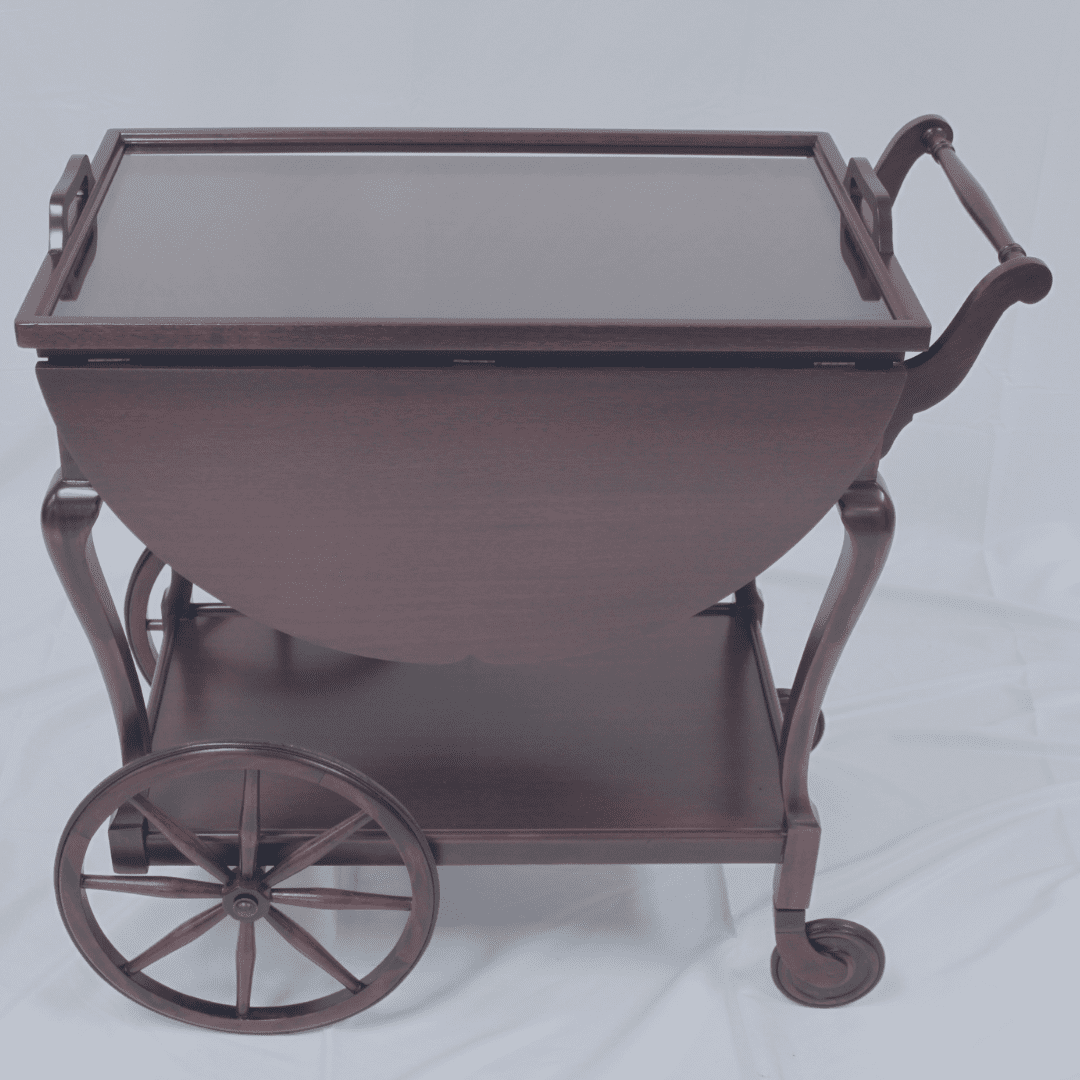
01 Oct The Art of Furniture Lacquering
Have you ever admired a piece of antique furniture with a lustrous, deep finish? That’s likely the work of lacquering. This ancient technique, originating in China, involves applying a series of thin, drying layers of lacquer to a surface. The result is a durable, beautiful finish that can last for centuries. This practice can breathe new life into damaged or faded pieces, restoring them to their former glory.
Lacquer is a natural resin derived from the sap of the Rhus succedanea tree. It’s mixed with pigments, oils, and other additives to create a versatile coating. Unlike paints or varnishes, lacquer dries to a hard, durable film that’s resistant to scratches, moisture, and fading.
The lacquering process is time-consuming and requires meticulous attention to detail. First, the furniture is thoroughly cleaned and sanded to remove any imperfections. A primer is then applied to create a smooth base for the lacquer. Multiple thin layers are applied, allowing each layer to dry completely before applying the next. Once the final layer is dry, the surface is polished to achieve a high-gloss finish.
There are several reasons why lacquering is a popular choice for furniture restoration. Lacquer finishes are incredibly durable and can withstand years of wear and tear and create a stunning, high-gloss finish that enhances the natural beauty of wood. Lacquer can also be used to create a variety of finishes, from traditional Chinese red to modern, minimalist styles. Lacquering also helps preserve the original character and value of antique furniture.If you’re considering restoring a piece of furniture, lacquering may be the perfect solution. At Pender’s Antiques and Refinishing, we are experts in restoring your beloved pieces. Contact us today to learn how we can preserve your valued pieces through furniture lacquering.


